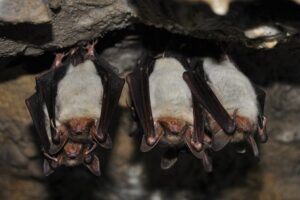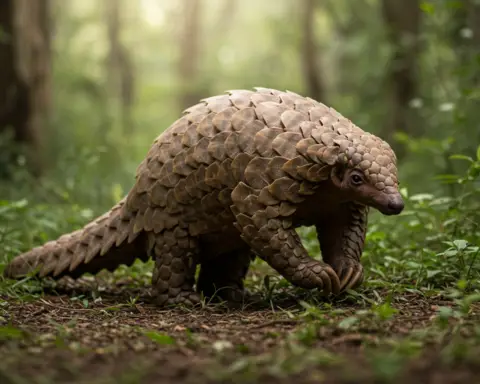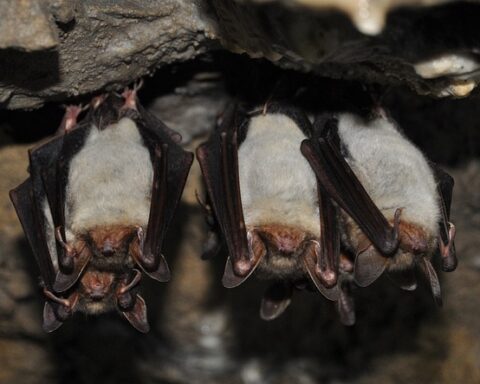No one knows why Megalodons became extinct. Whether lack of food, drastic environmental changes or some other combination of factors led to the death of Megalodon’s pups, we just don’t know. Given the massive size of 52 feet, its presence would certainly have made it a lot fearsome for humans to lurk around in ocean waters. Even now some people believe that Megaolodon may still exist out into the deep ocean. However, this assumption is not based on any scientific evidence.
Do Megalodons Still Exist Today?
In 1938, a specimen of Coelacanth (Latimeria chalumnae) was discovered. Until that time, this fish was long assumed to be wiped out about 60 million years before. Today we know that it is alive and present in deep underwater off the eastern part of Africa and now in Indonesia too.
Another reason why Megalodon sharks may be present today is the fact that more than 95 percent of the deep-sea is still unexplored. Sharks dive down to about 12,000 feet (3,660 metres) in search of food. Likewise, Sperm Whales submerge as deep as 10,000 feet (3,050 metres) for food. For that reason, it is also possible that 60-feet Megalodon may dive down even deeper to find food for its survival.
With time, new marine animals are being unearthed. Hence in November 1976, Megamouth Shark (Megachasma pelagios) was discovered. It has a size of about 15 feet (4.5 metre). Therefore, it is possible to find old ones too.
Conclusion
Even if we bring together all the possible arguments, it still leads to nowhere. Simply put, there is an absence of any evidence that Megalodon exists. The fossil teeth that are recovered dates back to millions of years and not a single fresh tooth has picked up until today. Had there been any population of Megalodon present today, they would have shed hundreds or even thousands of teeth per year. Therefore, unless someone comes up with a fresh tooth specimen (or less likely a fresh carcass), it is an undeniable fact that megalodon is extinct.










